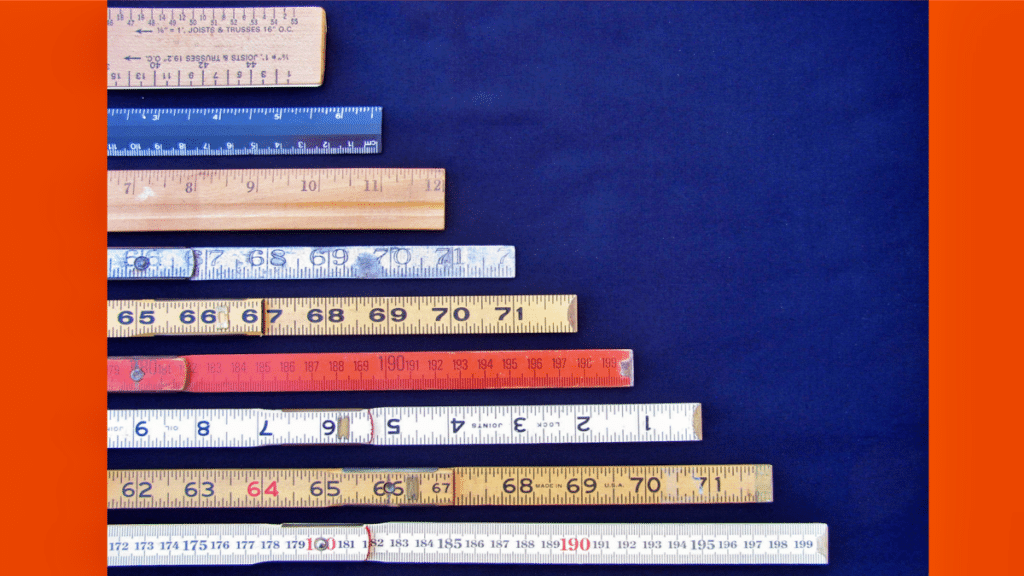Pre-Employment Assessments: Why Organizations Should Measure Effectiveness

(Editor’s Note: Today’s article is brought to you by our friends at Criteria Corp, a leading provider of pre-employment testing services. If you want to learn more about how pre-employment testing can benefit your recruiting strategy, check out Criteria Corp’s “Definitive Guide to Pre-Employment Testing”. I found this to be a comprehensive guide that I keep on the corner of my desk all the time. Enjoy the article!)
Readers of this blog know I’m a believer in evaluation and measurement. Whenever we create something – it could be a process, program, policy, etc. – we need to measure it. Otherwise, how do we know if it’s doing what we expected and what we need? In addition, how do we know where to focus future revisions and updates?
Recruiting is a great example. It’s probably one of the most measurement friendly functions in human resources. We measure recruiting sources to determine if they’re effective. A couple of questions that measuring sourcing effectiveness can tell us include:
- Did the job posting attract enough applicant flow?
- Did it attract candidates who were qualified?
Another recruiting related measurement is the company’s employment brand and candidate experience. We can measure the amount of time that individuals spend on our career site and what pages they spend the most time on. This can tell us if individuals are visiting the site to learn about the company or search for open positions. We can also track how long it takes for job seekers to apply as well as our applicant drop off rates.
You see the point of this example. Organizations can measure activities during the recruiting process to make sure those activities are working the way they’re supposed to. The way that the organization designed them to work.
Pre-Employment Assessments: 3 Levels of Measurement
One more activity in the hiring process that organizations should measure is the use of pre-employment assessments. If you’re not familiar with pre-employment assessments, check out Criteria Corp’s “Definitive Guide to Pre-Employment Testing”. And I’m not making this suggestion to be glib. To be effective, pre-employment assessments have to be used the right way.
For example, a true pre-employment assessment goes through an evaluation before we ever start using them. That’s the process of validation. A valid assessment means that the instrument measures what it’s supposed to measure. For example, a cognitive ability test measures a person’s ability to learn (i.e. trainability). The second component to validation is reliability. This means that the test results will be relatively consistent. A person who takes the test twice should see generally the same results. Organizations that use valid assessments can feel confident in the results they receive.
But there’s a third aspect to validation. Pre-employment assessments should be validated specifically for the function that they support. For instance, when it comes to recruitment, the assessment should be validated for recruiting and selection. I’m not saying that other assessments aren’t valuable. There are many terrific assessments on the market, but it’s important to use ones that are valid for selection during the recruiting process. Use the right tool for the right purpose.
Which leads to the second level of evaluation, the reason your organization chose the assessment. There are many reasons that organizations include pre-employment testing in their hiring process. Three of those reasons include:
- Improving the effectiveness of the hiring process (as in better time to fill numbers)
- Increasing employee productivity (because the company is hiring quality candidates)
- Decreasing turnover (as the result of hiring candidates who are better qualified)
Maybe your organization is focused on one of these areas. Or ALL of these areas. But I’d like to think that it’s logical to identify the reasons that the organization is conducting pre-employment assessments so they can make sure that they’re getting a return on their investment.
The final level of evaluation should be in the area of communication. Do the organization’s key stakeholders know the company’s pre-employment assessment strategy and results? The reason we’re measuring the effectiveness of anything is to use the information to make better business decisions.
HR professionals have the ability to provide hiring managers and senior management with trends about the use of pre-employment assessments. In addition, HR can show how the use of assessments is positively impacting candidate quality and employee performance. This type of information (i.e. measuring pre-employment assessments) can be used to make better organizational decisions and ultimately have a positive impact on the bottom-line.
Assessments are Effective. Let Them Prove It.
The good news is that high quality pre-employment assessments have been validated before you ever use them. But that doesn’t mean you shouldn’t evaluate their effectiveness within your processes. This ensures that the company is getting value and can make good business decisions with the data they provide.
To learn the specific metrics that you can use to evaluate your pre-employment assessments, join me and the Criteria Corp team on Tuesday, December 10, 2019 at 10a Pacific / 1p Eastern for a webinar on “How to Measure the Effectiveness of Your Pre-Employment Assessments”. If you already have plans during that time, go ahead and register anyway so you can get access to the recording.
19